We use evidence-based approaches to study and improve surgery for our patients. Once surgeons and scientists have a molecular target in their sights, numerous molecular drugs are available to them. These may involve enzymes, genes, antibodies, or chemicals. Eye surgeons can precisely and safely deliver any of these molecules near specific cells in the eye, avoiding the toxicity and issues associated with drugs taken by mouth or injected into the blood stream. Once delivered, patients can be observed noninvasively in the clinic using ultra-high-resolution cameras.
Human Microsurgery
Projects
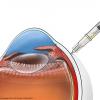
A multi-institution precision health consortium for collecting ophthalmic surgical samples.
We conducted laboratory and clinical studies on macular hole repair.
We conduct studies to develop safer, more efficient surgery in patients.
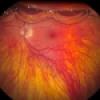
Evidence-based approaches for new surgical treatments and research to discover the molecular causes.
News
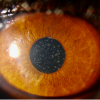
Feb 4 2019 | Posted In: 20/20 Blog
Palo Alto, CA — How can physicians and scientists make clinical trials faster, cheaper, and more likely to succeed? The answer may be proteomic analysis.

Feb 1 2019 | Posted In: 20/20 Blog
Charlotte, NC — David Almeida MD, MBA was recently featured in Retina Today's 5 Questions section.
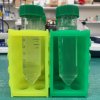
Dec 14 2018 | Posted In: 20/20 Blog
Palo Alto, CA —
Why volunteer for a clinical trial?
The rigorous process of turning a new therapy into the standard of care depends on patient volunteers.

Oct 27 2018 | Posted In: 20/20 Blog
Chicago, IL — At the American Academy of Ophthalmology meeting, Stanford ophthalmologist, Vinit Mahajan M.D., Ph.D., presented a poster detailing results on the relationship between specific patient mutations and clinical outcomes in the first FDA approved gene therapy trial in humans.
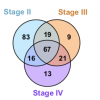
Oct 27 2018 | Posted In: 20/20 Blog
Chicago, IL —Angela Li, a second year Stanford medical student working in the Mahajan lab, presented a poster, “Proteomic Analysis of Autosomal Dominant Neovascular Inflammatory Vitreoretinopathy,” at the 2018 American Academy of Ophthalmology (AAO) m
- ‹ previous
- 5 of 8
- next ›



